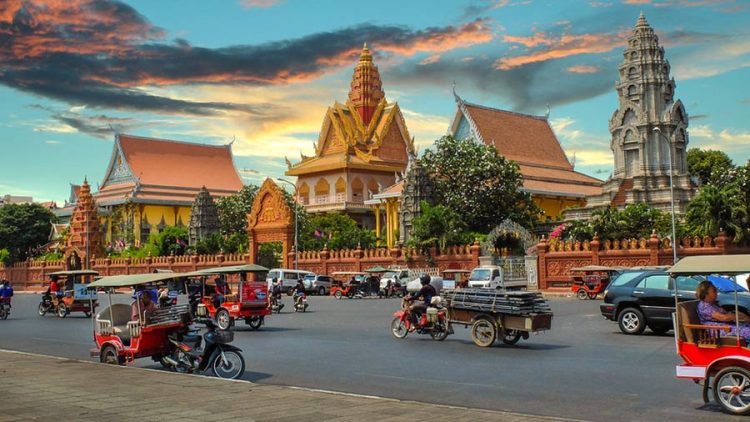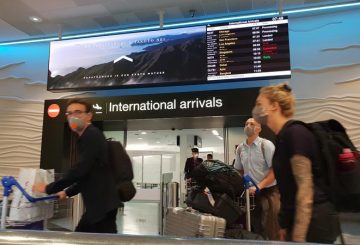뉴질랜드는 기후 변화의 도전에 직면한 아시아 습지 지역 사람들을 지원하기 위해 약 1,900만 달러를 기부하고 있습니다.이 이니셔티브는 이들 인구가 이주할 필요가 없도록 하는 것을 목표로 합니다.
이 기금은 아시안 메가-델타 프로젝트에 사용됩니다.이 이니셔티브는 캄보디아와 베트남의 메콩, 미얀마의 이라와디, 방글라데시와 인도의 갠지스-브라마푸트라-메그나 같은 지역에서 기후 변화에 강한 농업 시스템을 육성하는 데 중점을 두고 있습니다.
나나이아 마후타 뉴질랜드 외무부 장관은 기후 변화 영향에 대처하고 지역 배출량을 줄이기 위한 혁신적인 협력 노력의 중요성을 강조했습니다.
이 기부금은 13억 달러를 따로 마련한 뉴질랜드 2021년 기후 금융 기금의 일부입니다.이 기금은 동남아시아 및 동남아시아의 기후 행동에 우선순위를 두었습니다.Mahuta는 이 기금이 개별 농장 수준에서 도움을 주어 조언을 제공하고 더 넓은 시스템 수준에서 자금을 이용할 수 있도록 지원할 것이라고 설명했습니다.
아시아의 습지 지역에는 1억 7천만 명 이상의 인구가 거주하고 있으며, 마후타는 이들이 기후 변화에 특히 취약하다고 설명했습니다.물 부족, 격렬한 사이클론, 급격한 해수면 상승과 같은 문제가 이 주민들의 안전을 위협하고 있습니다.
또한 이번 주 초 뉴질랜드는 인도네시아의 지열 에너지 프로그램에 1,560만 달러를 지원하여 인도네시아가 재생 에너지 목표를 달성할 수 있도록 지원했습니다.
자카르타에서 열린 아세안 컨퍼런스에 참석하는 동안 마후타는 뉴질랜드와 주변 지역에서 관찰한 기후 변화의 명백한 영향에 대해 이야기했습니다.그녀는 기후 변화라는 세계적 위협에 맞서기 위한 지원과 협력 노력을 강화하는 것이 시급하다고 강조했습니다.
지구가 기록상 가장 더운 기온을 경험하고 있다는 점은 주목할 가치가 있습니다.최근 데이터에 따르면 남극 대륙 주변의 비정상적으로 따뜻한 바다, 높은 북대서양 기온, 기록적으로 낮은 해빙 수준이 드러났습니다
.



















































-360x245.jpg)










